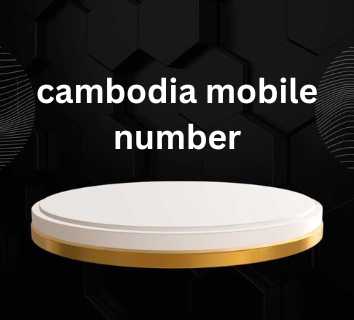If you’ve been keeping up to date with the latest Salesforce Winter 22 release, you’ll know there’s a new Pardot Lightning Landing Page Experience coming. It’s big news in the Pardot community and one we’ve already written about on the MarCloud blog, sharing all of the exciting benefits of the builder.
Much like the Lightning Email Builder released towards cambodia mobile number the end of 2020, the new Landing Page Builder means the way we build landing pages is about to get a whole lot easier.
It comes with simple drag-and-drop functionality, with blocks for the typical elements of a landing page such as call to action buttons, images for headers and footers, text sections and forms.
Sounds good, right? To ensure your business is ready to go when the Lightning Landing Page Builder release happens in October 2021, you’ll want to check that you meet the feature prerequisites.

Before diving into the requisite features, make sure that all your Pardot users have access and have been onboarded to the Pardot Lightning App. Users will need to have a Sales, Service, or CRM license in order to access the platform builder functionality for both email and landing pages. If you’ve not done that yet, check out the step-by-step instructions in the Pardot Lightning App Implementation Guide.
Assuming you’ve done the above, the requirements for using the Lightning Landing Page Builder are actually the same as those required for the Lightning Email Builder. Therefore, if you’re already using the Email Builder, you can rest easy knowing that once the Landing Page Experience launches, you’ll have access to use it.
If that’s not the case, here’s what you need to do:
1. Turn on Connected Campaigns
As we cover in this blog, Connected Campaigns completely align Pardot and Salesforce campaigns for better reporting, less duplication of campaigns, and the ability to track the customer journey from end-to-end.
To use the new Pardot Landing Page Builder, you must have connected your Salesforce and Pardot campaigns.
Screenshot of Pardot system demonstrating how to enable Connected Campaigns
2. Upgrade to Handlebars Merge Language (HML)
We encourage all Pardot accounts to use Handlebars Merge Language (HML) in place of Pardot Merge Language (PML). Doing so will allow for a more standardised language between Salesforce and Pardot and means we can use the same variable tags in both systems.
There are plenty of benefits for upgrading to HML, which we cover here, but ultimately, you’ll want to enable it to best use both lightning builders.